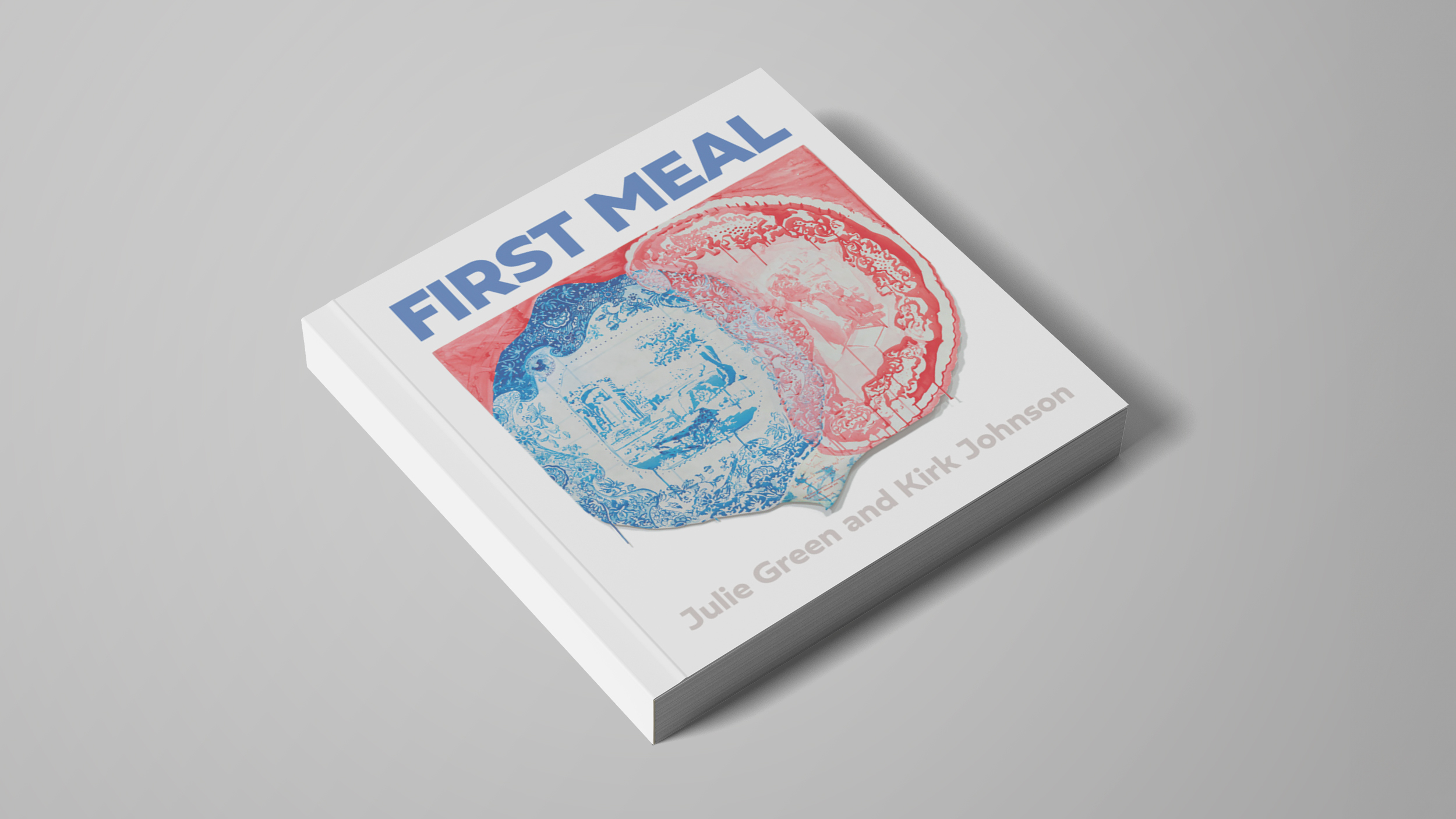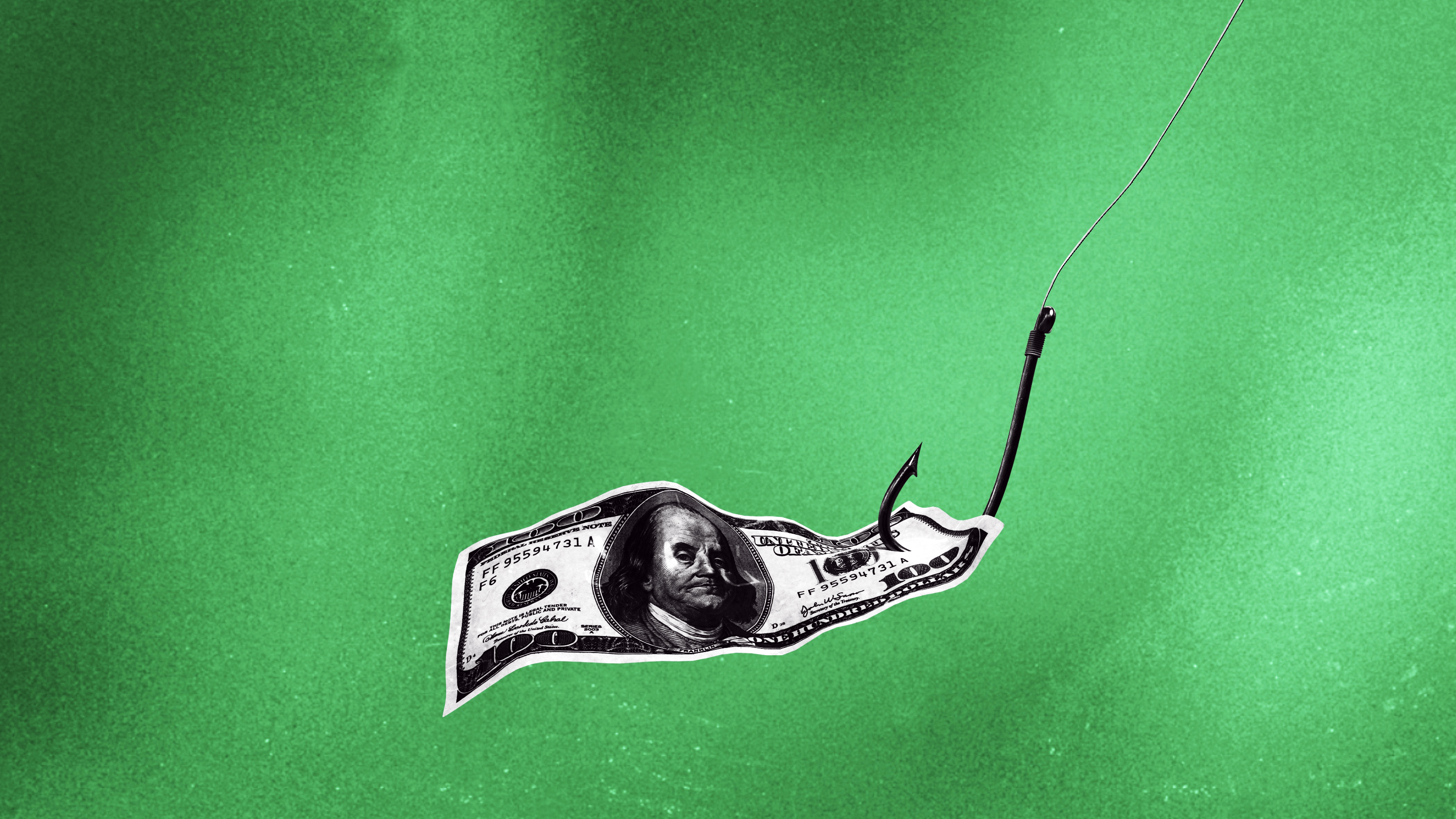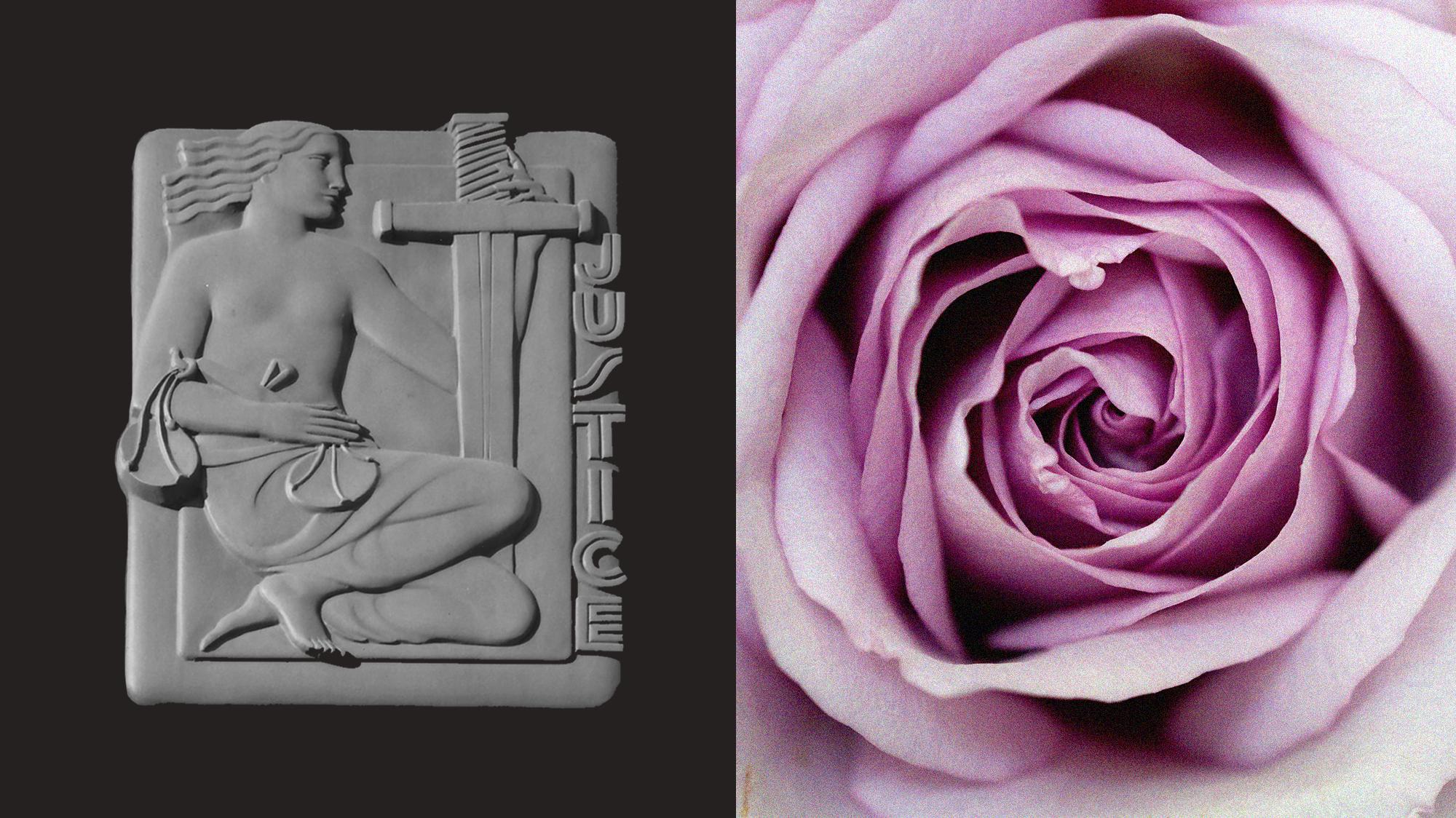Julian Assange, Rape Allegations, and the Catch-22 of the “Real Rape Victim”

Amanda Marcotte has a brilliant essay in Slate on the rape allegations against Julian Assange and the Catch-22 of why more victims don’t come forward.
We’re bombarded with erroneous stereotypes about how “real victims” act, then we use those stereotypes to preemptively and unfairly smear accusers before we even hear the evidence. As a result, many victims don’t come forward because they don’t match the bogus stereotype of a “credible victim,” so the stereotype never changes and society remains a giant theme park for any rapist who’s smart enough to pick victims that don’t match the stereotype.
We’re told by the likes of Naomi Wolf that real victims always immediately shun their assailants, that real victims instantly realize they’ve been raped, that consenting to sex of any kind is consenting to sex of every kind, and that sex that doesn’t leave visible marks can’t be rape.
We’ve got a pretty elaborate folk psychology of what a “real rape victim” would do, but what is it based on? Ask yourself how you know how “real victims” act. Keep in mind that the majority of rapes are never reported. Also keep in mind that there’s a stigma to reporting rape at the best of times, and an even bigger stigma to reporting rapes that other people don’t regard as stereotypically credible.
If there’s less than ironclad proof, and sometimes even if there is, there’s a good chance the accuser will be accused of framing an innocent man, or being crazy, or being a lying, drunken slut who’s trying to cover for her moral turpitude by dragging an innocent man down with her. So, there are huge biases that make it less likely that we’ll hear about the stories of victims who aren’t sure they’ll be believed.
The presumption of innocence is a critical part of our justice system. Even just standards can introduce biases, however. If a small perceived deficit in the credibility of a victim can and should result in an acquittal for a defendant in a case where it’s one person’s word against another’s with no physical evidence.
Unfortunately, our judgments about what victims are often biased by rape culture and folk psychology. Case in point: The notion there’s an inverse relationship between the amount of consensual sex a woman has had over the course of her life and the credibility of her allegation that a particular guy raped her on a particular occasion.
Of course, prosecutors are usually reluctant to take cases they don’t think they can win. But our gold standard of what a “real victim” looks like is how victims who successfully prosecute their cases look–which is a reasonable place to start our inquiry, but hardly a satisfactory end point. It’s a logical fallacy to assume all victims must look like the victims who take their cases to trial and win.
The bias feeds on itself. What’s the point of reporting a rape if you don’t think that the system can successfully prosecute your rapist? You will be dragged through the mud. He will probably walk. Of course, if you hesitate to come forward, or take some time to mull over the costs and benefits, you’re even less likely to be taken seriously, so that’s yet another good reason to just shut up…
It is ironic that so many people who vehemently, and correctly, defend an accused rapist’s innocence until proven guilty will accuse his alleged victims of the crime of making false allegations.
Assange is innocent until proven guilty, but his accusers should not be preemptively dismissed or attacked based on ill-informed stereotypes.





